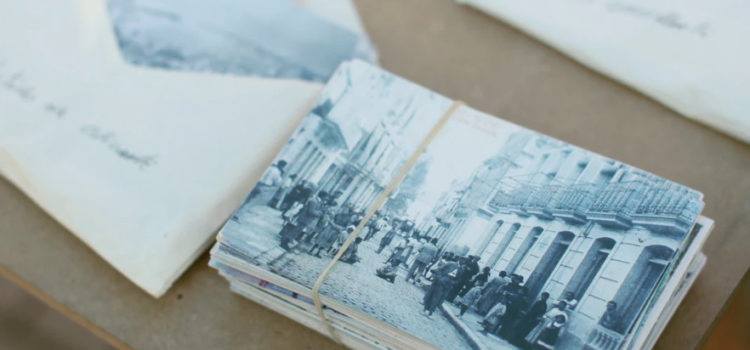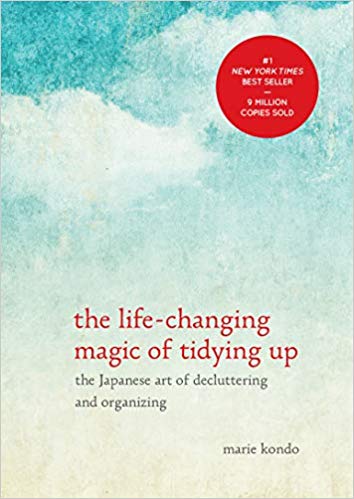

This article is an excerpt from the Shortform summary of "The Life-Changing Magic of Tidying Up" by Marie Kondo. Shortform has the world's best summaries of books you should be reading.
Like this article? Sign up for a free trial here .
Marie Kondo splits up her tidying into 5 categories:
- Clothes
- Books
- Papers
- Komono (miscellany)
- Sentimental items
Kondo’s “Sentimental Items” category includes any item whose primary value is emotional: cards, letters, gifts, photos, objects from your childhood or your children’s younger years, etc.
Save this category for last, because it is the hardest to discard and store.
- Sentimental items are rare, which makes it difficult for us to let go of them, and they usually involve someone else, which can often make us feel guilty for discarding them.
- Going through the rest of the process first will help you hone your sense of joy and your ability to decide what to keep and what to discard, which will make this category easier to work through.
Chapter 9: Sentimental Items
Sentimental items, mementos, keepsakes–these are usually reminders of times or people that gave us great joy. But think about the most important moments in your life–would you forget these moments if you didn’t have a physical object to remind you of them? Probably not.
Too many keepsakes might suggest that you’re living in the past, and not appreciating the present or thinking about the future.
When we handle each item from our past and decide what to keep and what to discard, we ultimately end up processing our past and putting it in order. If you hide these things away, your past can become an unseen weight that prevents you from being fully present.
Konmari Method Sentimental Step 1: Discarding
These are some common kinds of keepsakes, and how to approach them:
- Letters
- A letter fulfills its purpose the second it is received. Think about the letters you’ve written in your life: do you remember what was said? Probably not. Keep only the ones that actually spark joy, and that you might read over in the future. Discard the rest.
- Gifts
- We covered this briefly in the komono section, but it bears repeating in this context. Gifts are meant to convey that the giver feels affection for us, and they accomplish this the moment we receive them. You shouldn’t keep a gift as a memento just because someone gave it to you, you should keep it because it sparks joy. If it doesn’t, thank it for doing its job of letting you know the person cares, and discard or donate it.
- If you feel guilty, you can think of it this way: if you can donate the gift, you’re turning the affection someone felt for you into something that will spark joy for someone else in the world–you’re spreading joy!
- But even if you can’t donate it, the person who gave it to you wanted to bring joy into your life–thank the object for conveying the giver’s affection, and thank the giver in your mind for understanding that some things bring us more joy when we let them go than when we keep them.
- Photos
- A good rule of thumb regarding photos is to cherish who you are now.
- Leave photos for last when you do this category. Looking at old photos will pull us in all sorts of directions–remembering past versions of ourselves, dredging up old loves and old burns–and it’ll make harder for you to discern what sparks joy for you right now in the present.
- We keep photos to remind us of specific times or events. But we probably only need a handful of photos per time or event, not entire albums dedicated to one thing.
- You might think your photo albums are safe from the KonMari method, but they aren’t. How do you sort photos? The same way we’ve sorted everything else: one by one…
———End of Preview———

Like what you just read? Read the rest of the world's best summary of Marie Kondo's "The Life-Changing Magic of Tidying Up" at Shortform . Learn the book's critical concepts in 20 minutes or less .
Here's what you'll find in our full Marie Kondo summary :
- The psychological benefits of tidying
- How to Tidy the Konmari method
- How to deal with Clothing, Books, Papers, and Sentimental Items
- ...and much more






